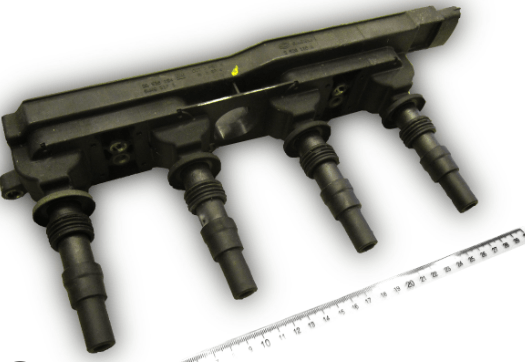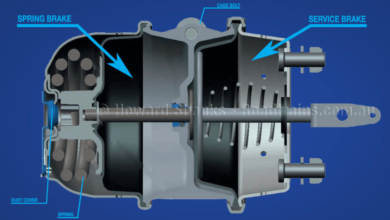How to Test Ignition Coil without Multimeter? 2 Important Ways!
If you do not have a multimeter, you can test your ignition coils without any problem in a very simple way. If you have a question about how to test an ignition coil without a multimeter, you are at the right place to learn the two important ways. We will try to explain in simpler terms.
What is an ignition coil?
If you are using a diesel engine or a very high-tech gasoline engine, there are probably ignition coils to help crank your engine while you are starting your car in cold regions. The ignition coil receives electrical current from the battery of your car, which allows you to open the electrical systems with the ignition system without cranking your engine. With this electrical current, the ignition coils heat up. This heat makes the ignition of high-pressure diesel, gasoline, or normal gasoline much easier when you are starting your engine. It also increases the ignition performance of the diesel engine. Without the ignition coil, the performance of your engine will be reduced.
How to test the ignition coil without a multimeter?
You need to know that each cylinder of your car has one ignition coil. If you have a multimeter, you just need to put the probes to each side of the coil to see if there is an electrical current between these two points. It is very hard to detect the problem in the ignition coil without performing these two simple steps.
Removing the ignition coils

Ignition coils are generally placed right before the spark plugs. The place of the spark plugs is generally the same as the ignition coils. The newer technology of diesel engines has plastic covers on the engine. You need to remove the plastic cover to see the ignition coils. It is very important to know the locations of the ignition coils. The first step is to crank your engine and leave it in the idle position. Open your hood and remove your ignition coils one by one and observe the engine revolution for each of them. If the engine revolution decreases once you remove the ignition coil, this means that the ignition coil works properly. But if you see any decrement, this means that the ignition coil does not work properly to add revolution to the engine. You can apply this test to each ignition coil that you have, and it is very easy to find the problematic ignition coils.
Using OBD scanner
If you have an OBD scanner, you need to attach this scanner to the ECU system of your car. The OBD scanner will show the real sources of the problems that your car has and it will show the problematic ignition coils. Also, you can apply and change the ignition coils between themselves to verify if the data that the scanner shows is correct.
Conclusion
These are the general methods that you can apply if you want to find out the problematic ignition coils without having a multimeter in your garage. If you know additional ways to diagnose problematic ignition coils, please leave them below to inform other people. If you have additional comments and questions about this topic, you can leave them below without any hesitation. Explore other important articles and content available on this website about the electrical systems and ignition systems of cars.
How to Start a Car with a Bad Ignition Switch?
What Wires Go to Ignition Switch? Simple Explanation!
Minimum Ignition Energy – What is That?
Ignition Switch Wiring Color Code Identification – How to Do?



